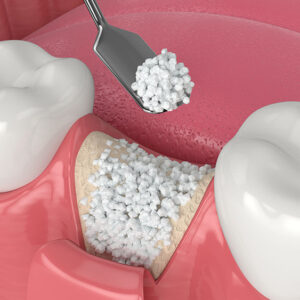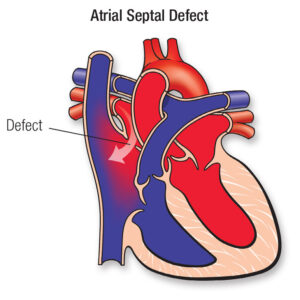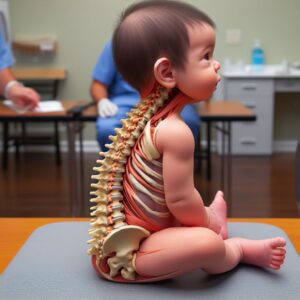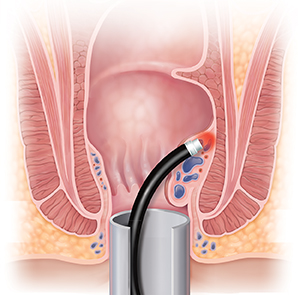Description
Familiarity with Treatment
Bimaxillary osteotomy, also known as double-jaw surgery, is a surgical procedure that involves repositioning both the upper jaw (maxilla) and the lower jaw (mandible) to correct significant dental and skeletal abnormalities. It is often performed as part of orthognathic surgery to improve the alignment of the upper and lower jaws, correct bite issues, and enhance facial aesthetics.
Procedure
The bimaxillary osteotomy procedure typically involves the following steps:
- Anesthesia: The patient is placed under general anesthesia to ensure comfort and safety during the surgery.
- Incisions: Incisions are made inside the mouth along the gum line to access both the upper and lower jaws.
- Bone Cutting: The surgeon carefully cuts the maxilla and mandible in predetermined locations to allow for repositioning.
- Repositioning: Both the upper and lower jaws are repositioned according to the treatment plan to correct the dental and skeletal abnormalities.
- Fixation: Titanium plates and screws are used to secure the repositioned jaws in their new positions.
- Closure: The incisions are closed with sutures, and the patient is moved to the recovery area.
Who is it Suitable for?
Bimaxillary osteotomy is suitable for individuals with significant dental and skeletal abnormalities that cannot be corrected through orthodontic treatment alone. It is recommended for individuals with malocclusion, severe overbite or underbite, facial asymmetry, and other complex jaw discrepancies.
Who is it Not Suitable for?
Bimaxillary osteotomy may not be suitable for individuals with certain medical conditions or those who are not in good overall health. Additionally, individuals with unrealistic expectations or those who are unable to commit to the necessary preoperative and postoperative care may not be suitable candidates for this procedure.
Advantages
- Improved Bite and Function: Bimaxillary osteotomy can correct severe bite issues, improving the overall function of the jaws and facilitating proper chewing and speaking.
- Enhanced Facial Aesthetics: Repositioning both the upper and lower jaws can improve facial symmetry and balance, enhancing the overall appearance of the face.
- Psychological Benefits: Correcting dental and skeletal abnormalities through bimaxillary osteotomy can boost self-confidence and improve quality of life.
Complications
- Infection: As with any surgical procedure, there is a risk of postoperative infections.
- Nerve Damage: Nerves in the jaws and surrounding areas may be affected during the surgery, leading to temporary or permanent numbness, tingling, or altered sensation.
- Relapse: In some cases, there may be a tendency for the corrected jaw positions to gradually shift back towards their original positions over time.
- Bleeding: Excessive bleeding during or after the surgery is a potential complication, although it is rare.
Preoperative Care
Before undergoing bimaxillary osteotomy, a comprehensive evaluation is performed by an oral and maxillofacial surgeon. This may include a review of the patient’s medical history, dental examination, and imaging techniques (such as X-rays or CT scans) to assess the dental and skeletal abnormalities. Preoperative care may also involve orthodontic treatment to align the teeth properly before the surgery.
Postoperative Care
After bimaxillary osteotomy, postoperative care may involve managing pain and discomfort, as well as following specific instructions provided by the oral and maxillofacial surgeon. This may include taking prescribed medications, practicing good oral hygiene, and attending follow-up appointments to monitor the healing process. Patients are typically advised to follow a soft-food or liquid diet initially and may be prescribed painkillers, an antiseptic mouthwash, and antibiotics for the first few postoperative days.





Reviews
There are no reviews yet.